We’re back with another guide for cross stitch beginners. If you don’t already know, we’re sharing a Learn to Cross Stitch Series with releases twice a month sharing everything from floss to finishing. We’re guiding you through the basics of this timeless and traditional art!
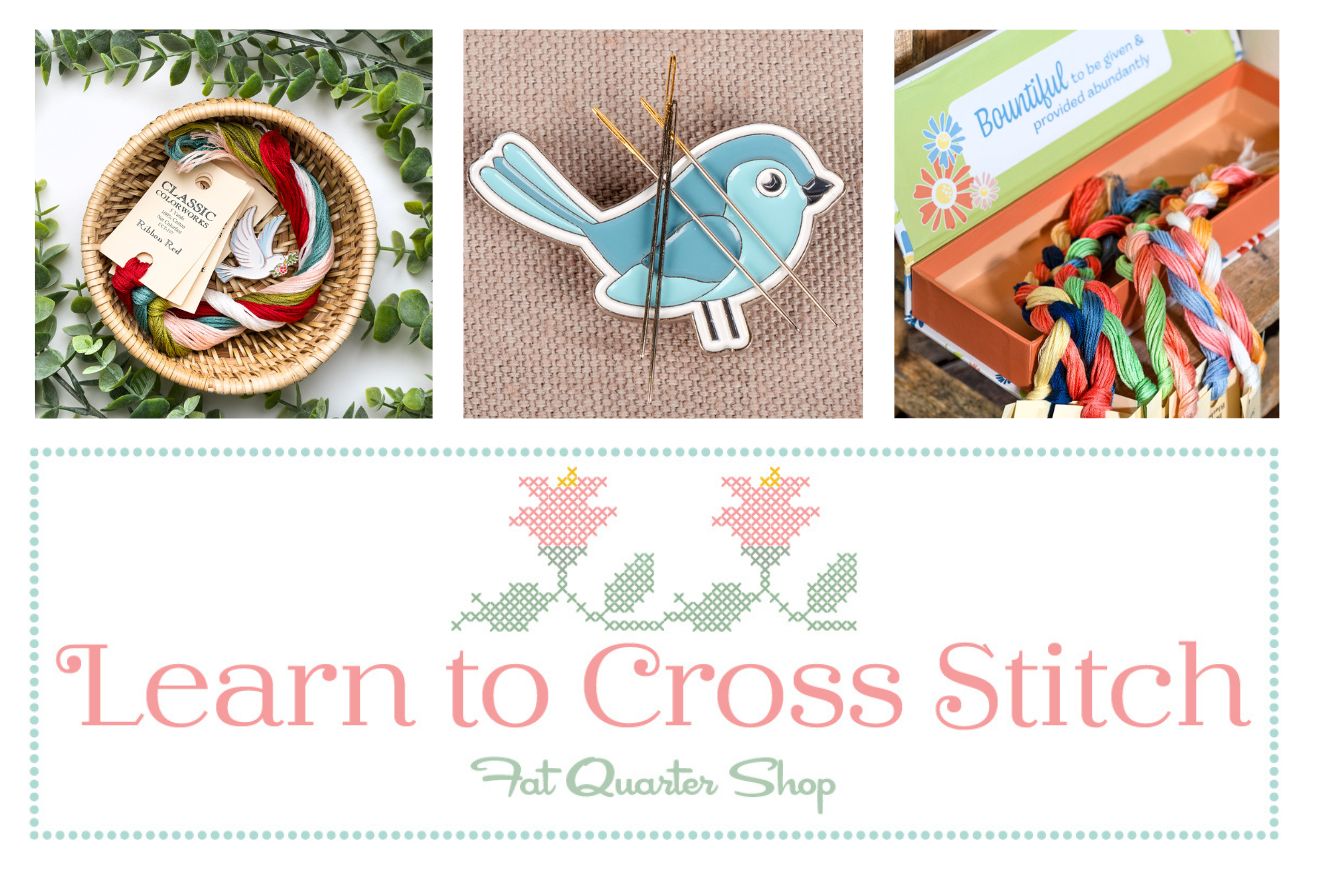
In the second installment of our Learn to Cross Stitch series, we’re continuing where we left off from the first post (which you can go back and read if you missed it) with a Beginners Guide to Cross Stitch Floss & Needles.
Today’s Cross Stitch Topics
What is Cross Stitch Floss?
Cross stitch floss is what brings your designs to life. Imagine it as the paint in a painting. It allows you to stitch intricate patterns in various vibrant colors. However, beyond color, the texture and quality of the floss play a large role in the stitching process. Each brand brings its unique qualities to the table, from the sheen of the threads to their resistance to fraying and fading.
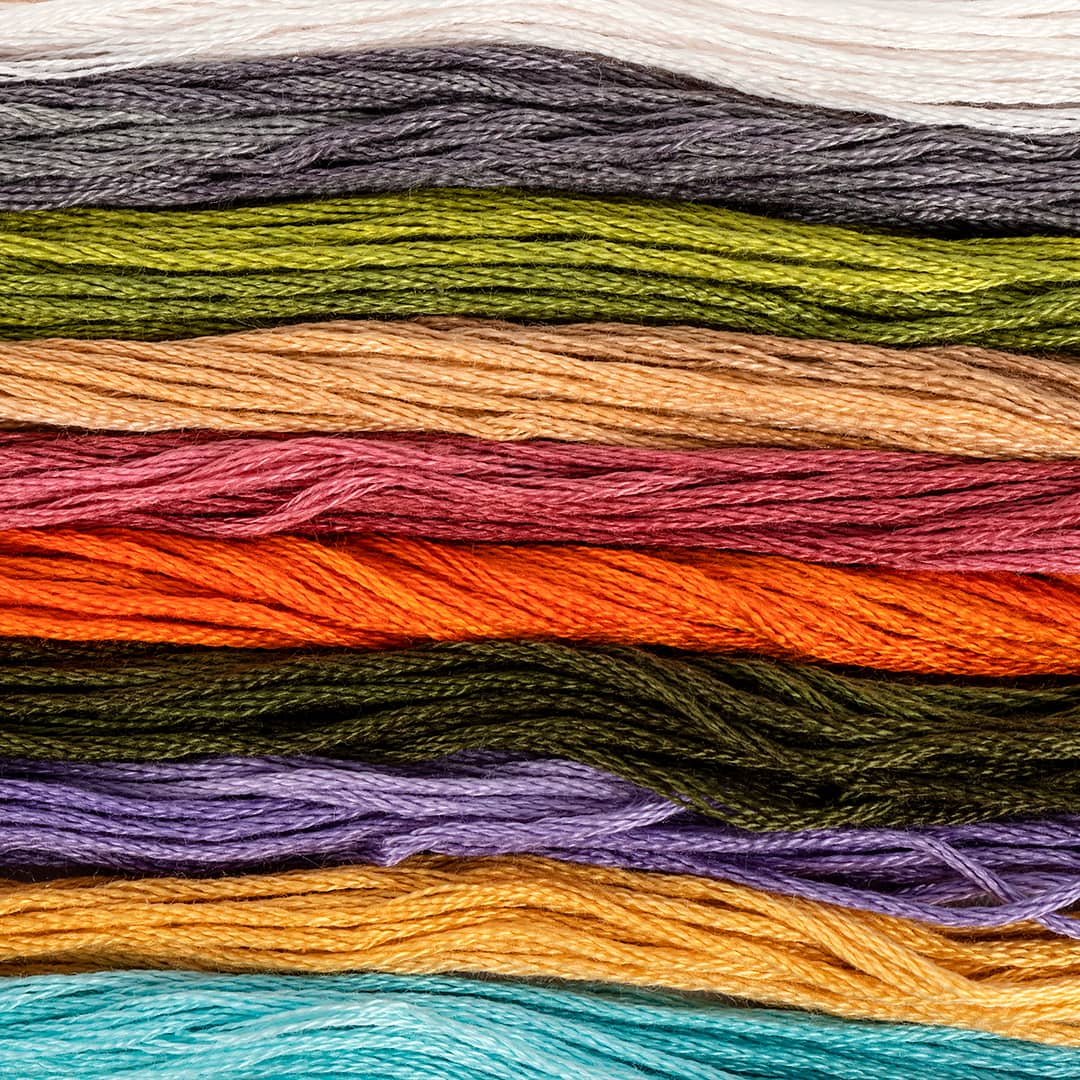
Designers often recommend specific brands and colors in their patterns, so if you want to match their original design precisely, you can. Our most used brands include Aurifloss, Classic Colorworks, DMC, and Weeks Dye Works, so we’re highlighting them today!
AuriFloss
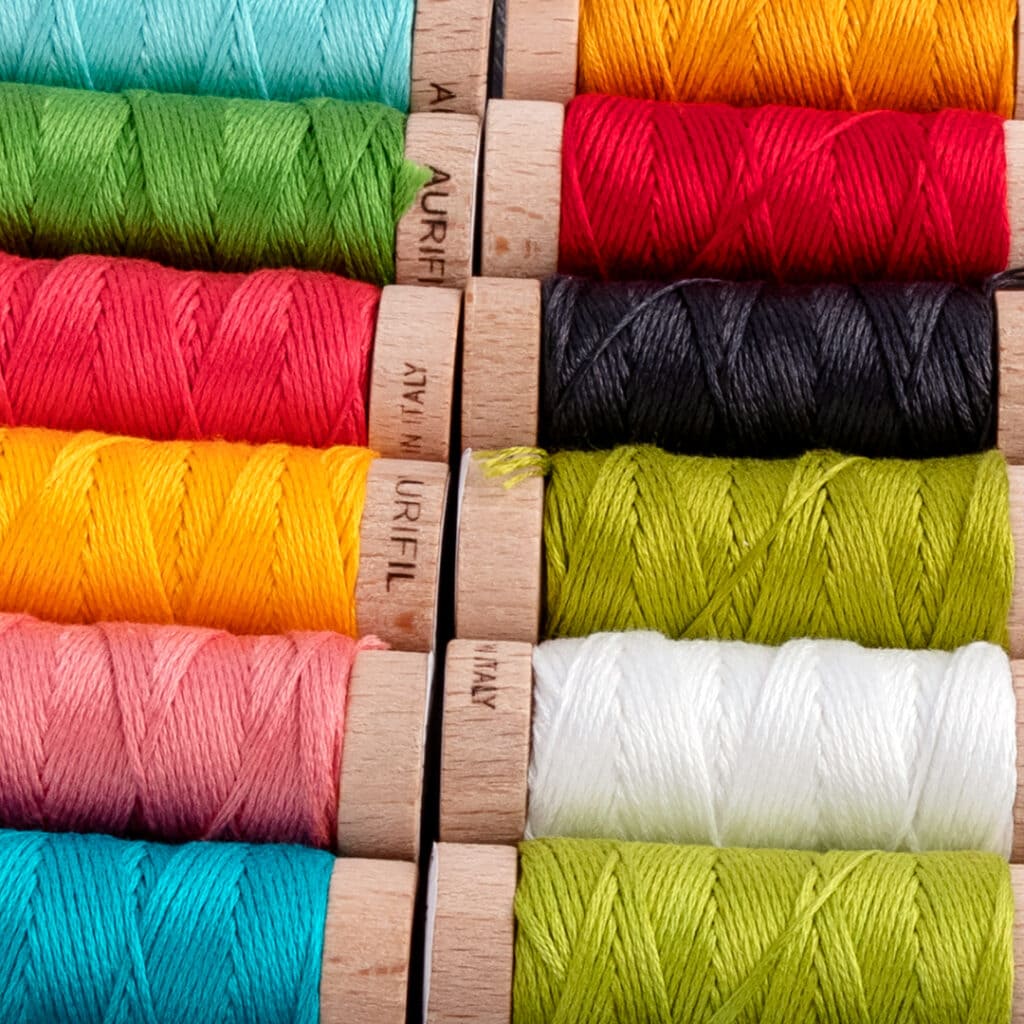
AuriFloss is made by Aurifil, and it comes on these cute wooden spools.
Many people ask us how AuriFloss compares to other floss types. First of all, the floss is slightly thinner than some other brands. And though the cost per spool is often more than a small skein, there is a generous 18 yards of thread on each one, so it’ll last you quite a while.
Kimberly has found that it knots less than other brands due to the smoother, finer thread.
Classic Colorworks

Classic Colorworks and the following two brands come in what’s referred to as skeins instead of spools.
This is the brand that Kimberly stitches with the most!
Each skein has five yards and is precut to one-yard lengths. They come in over 200 colors, all with inventive names!
DMC

DMC has been creating and selling thread for over 200 years! It’s the most common and widely available thread for crafting and stitching.
Each skein has 8.7 yards of thread and comes in over 400 colors. This is one of the best threads for beginners since it’s inexpensive and widely available!
Weeks Dye Works
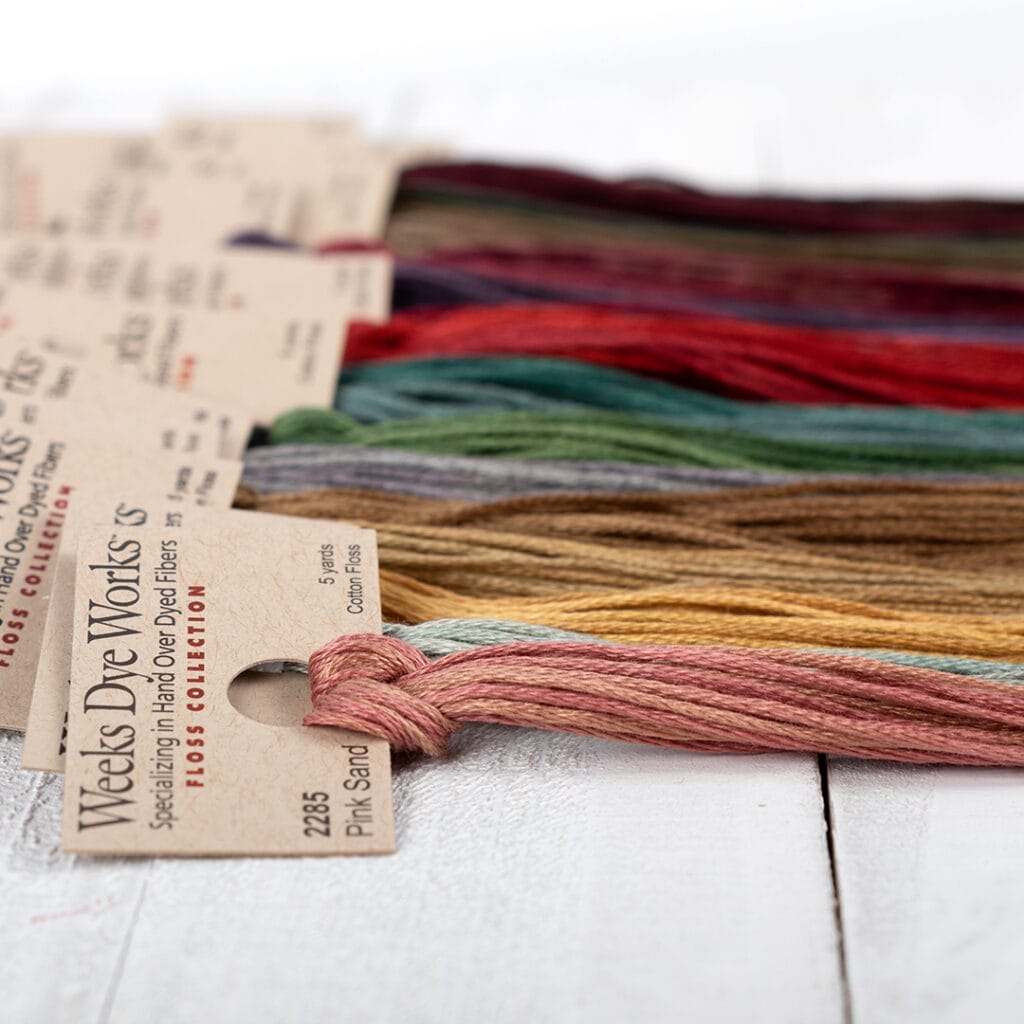
Weeks Dye Works has been around since 1994. They have over 300 colors and come in one continuous length of five yards.
If you check the back of the Weeks Dye Work tags, you can find out whether the thread is colorfast. Colorfast means the colors and dye won’t bleed or stain!
To learn more about floss types, and the difference between solid, overdyed, and silk flosses, check out our All About About Floss for Cross Stitch Stitchy Talk video!
Know Your Needles

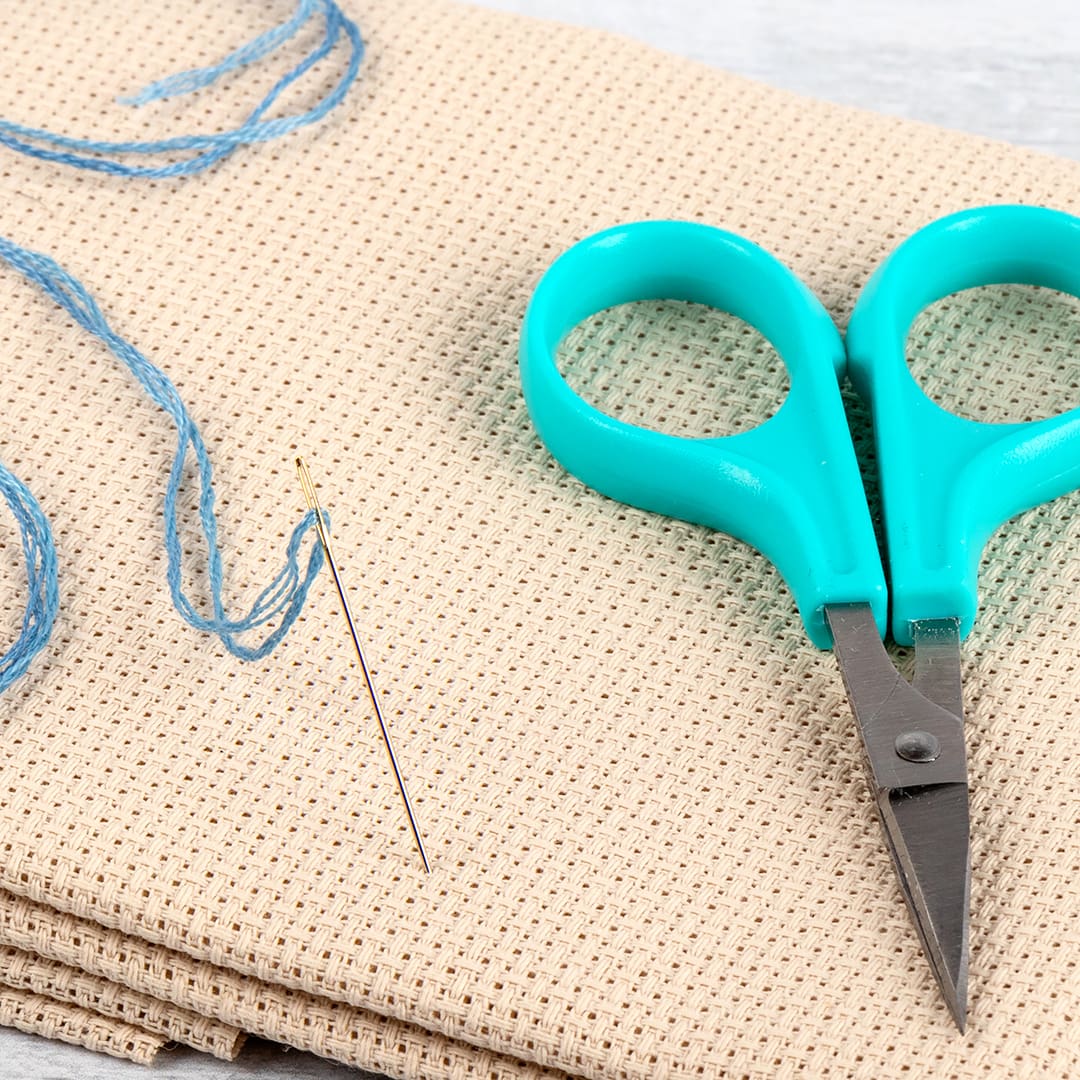

Continuing with our comparison to painting, choosing the right needle or finding your needle preference is like a painter finding the right brush. Tapestry needles, designed specifically for cross stitching due to their blunt ends, help keep fabric safe from damage and aid smoother stitching. The key to picking the right needle lies in understanding the relationship between the needle size and the fabric thread count.
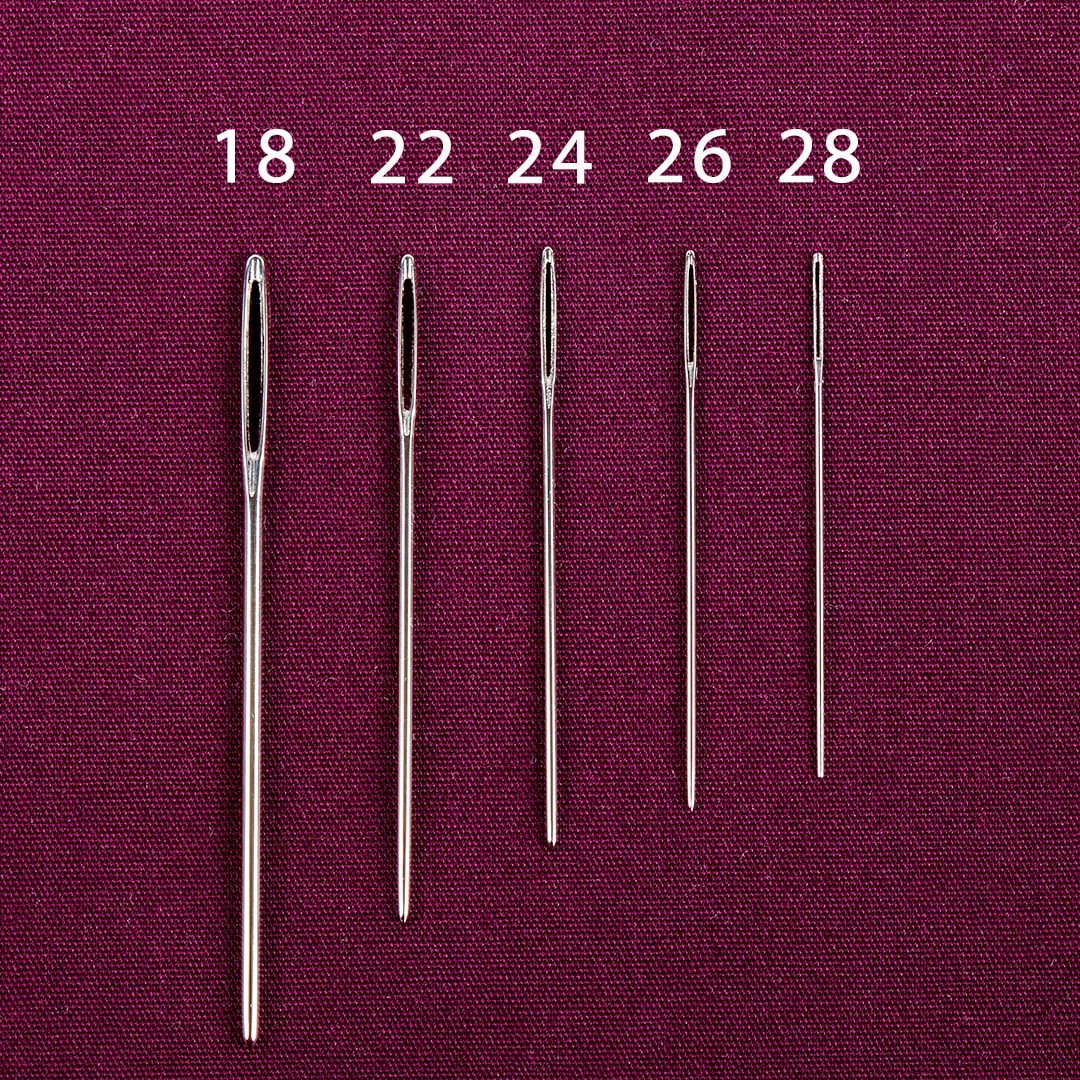
Cross stitch needle sizes typically range from 18 to 28, where the higher the number, the finer the needle itself is. The eye of the needle will also get smaller as you increase in number size. So that means a high number, a small eye, a thin needle, a smaller number, a larger eye, and a thicker needle. As a point of reference, a Size 26 needle works well for Aida 14 count. DMC has a handy guide for which needle gauge to use with various sizes of cross stitch cloth. We shared this and Kimberly’s go-to needles in our blog, discussing the difference between tapestry and sewing needles.
Kimberly discusses several needle types and brands in our All About Needles Stitchy Talk video. She also shares some about threaders, cases, minders, and other needle accessories!
Maintaining Your Materials
Taking care of your cross stitch floss and needles is about preserving their quality and keeping your stitching smooth and your pieces perfect! Damage to your supplies can lead to issues when stitching or less than stellar final results.


Store your floss and stitched pieces out of direct sunlight because it can fade the colors over time. Additionally, many stitchers find that neatly organizing their floss helps prevent frustrating tangles and knots later on when stitching. Floss organization tools come in various forms, such as bobbins, cards, or specially designed boxes.
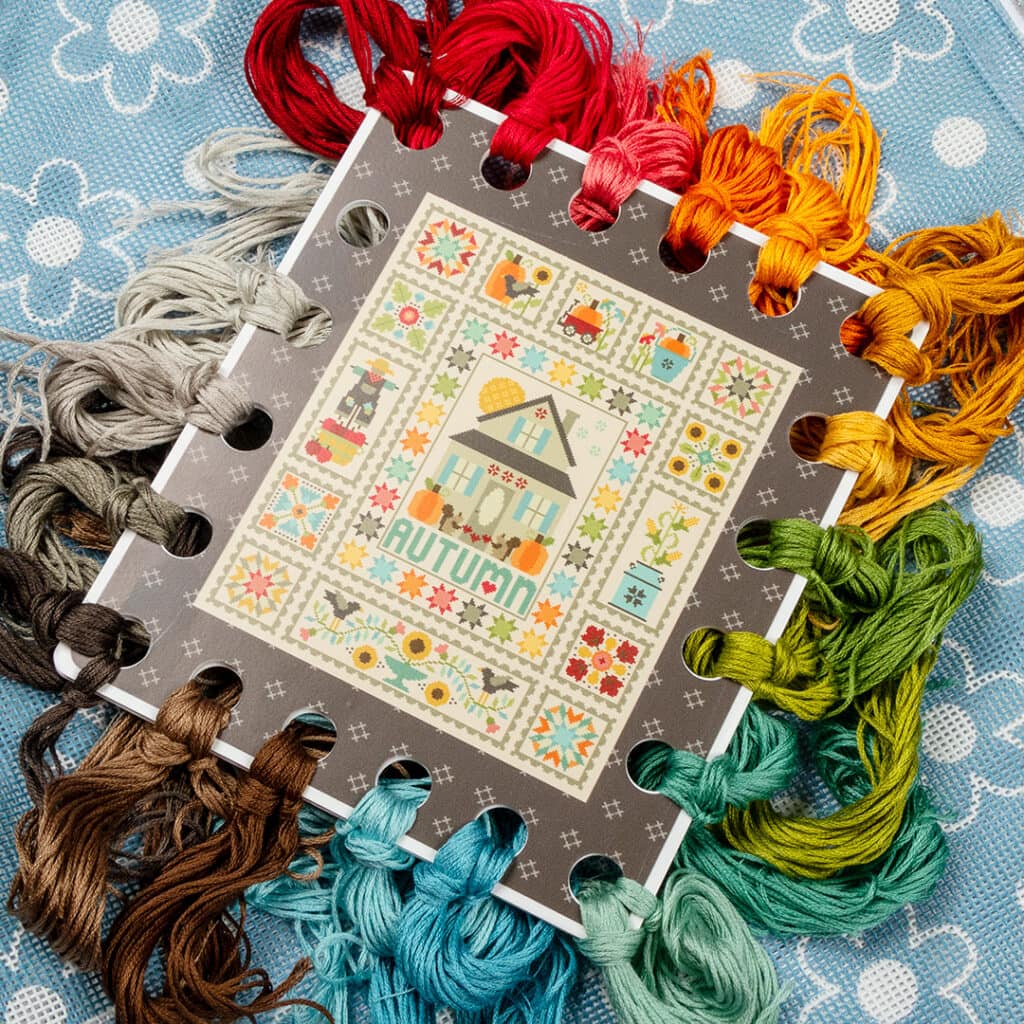
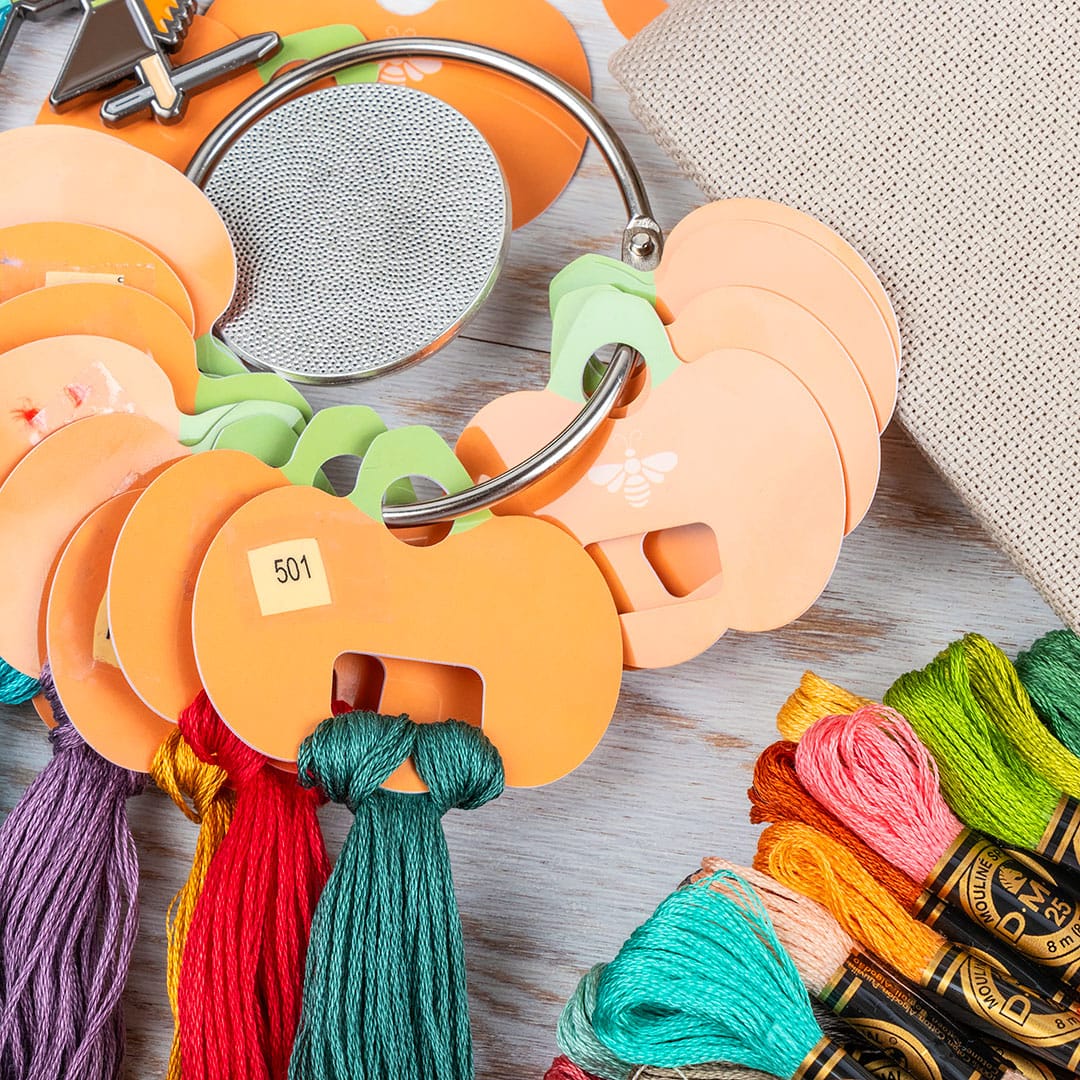
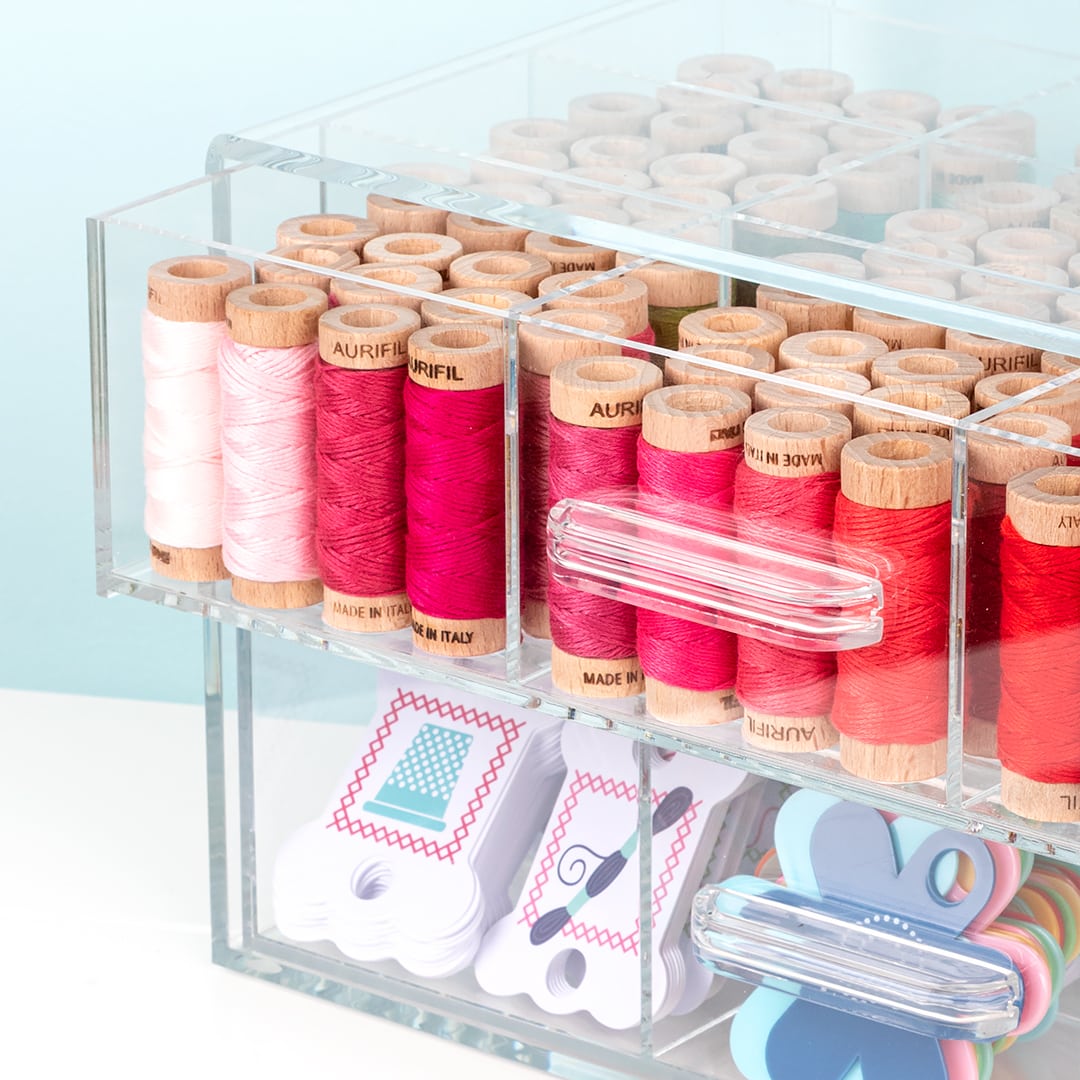
When it comes to protecting your needles, moisture is your enemy. Storing your needles in a dry place prevents rusting, ensuring they glide through your fabric as smoothly on your hundredth stitch as on your first. Going a step further, adopting the habit of rotating through your needles can prevent issues like bending or dulling that affect your stitching accuracy and ease.

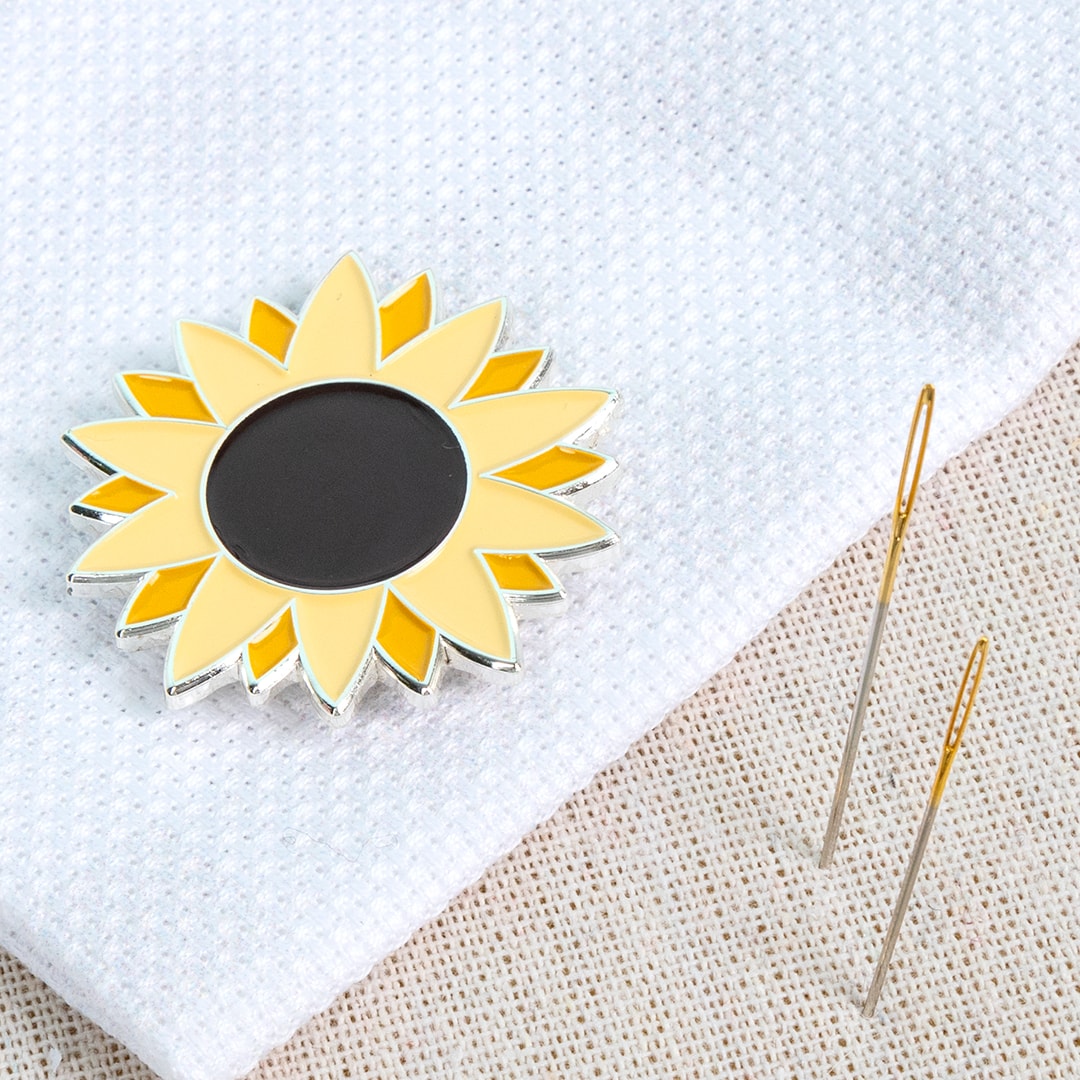
There are tons of cute needle minders you can use to keep your needle with your project. By providing a secure and convenient place to rest your needle when not in use, needle minders keep your needle safe and prevent the common frustration of misplacing them.
Project bags are super handy for organizing and protecting your WIPs (that’s your works in progress!). Simply group your pattern and supplies with the piece you’re working on, and it’s ready to go when you are. Project bags come in so many colors and sizes. To make your own WIP Project Bag, follow along with this video.
Next Up for Beginner Stitchers
We hope you continue to join us for our Learn to Cross Stitch Series for everything you need to know about getting started with cross stitching. Subscribe to the blog to keep up with this series! On the desktop, you’ll find the Subscribe form near the top of the right-hand menu area, and on the phone, it’s near the bottom of the page.
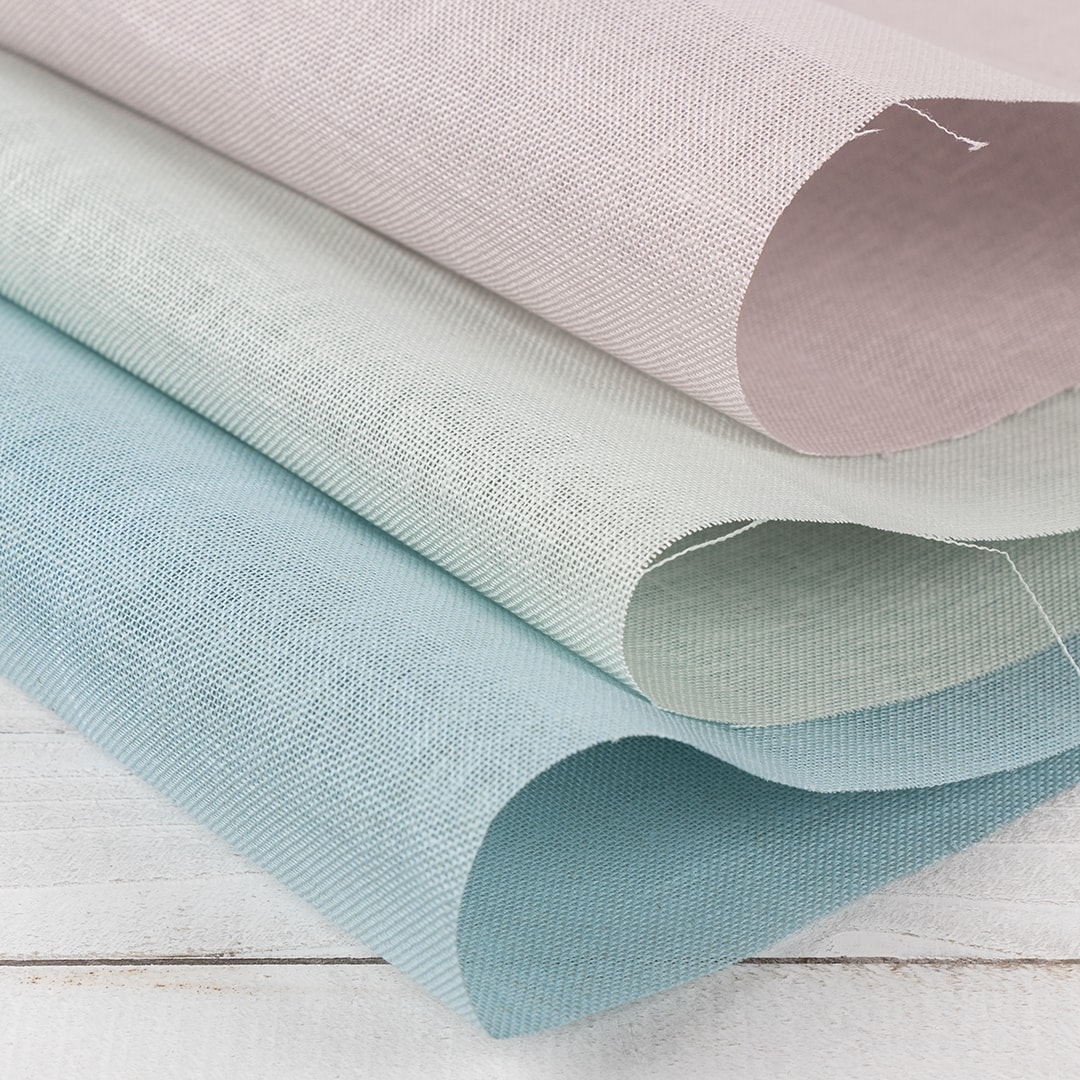
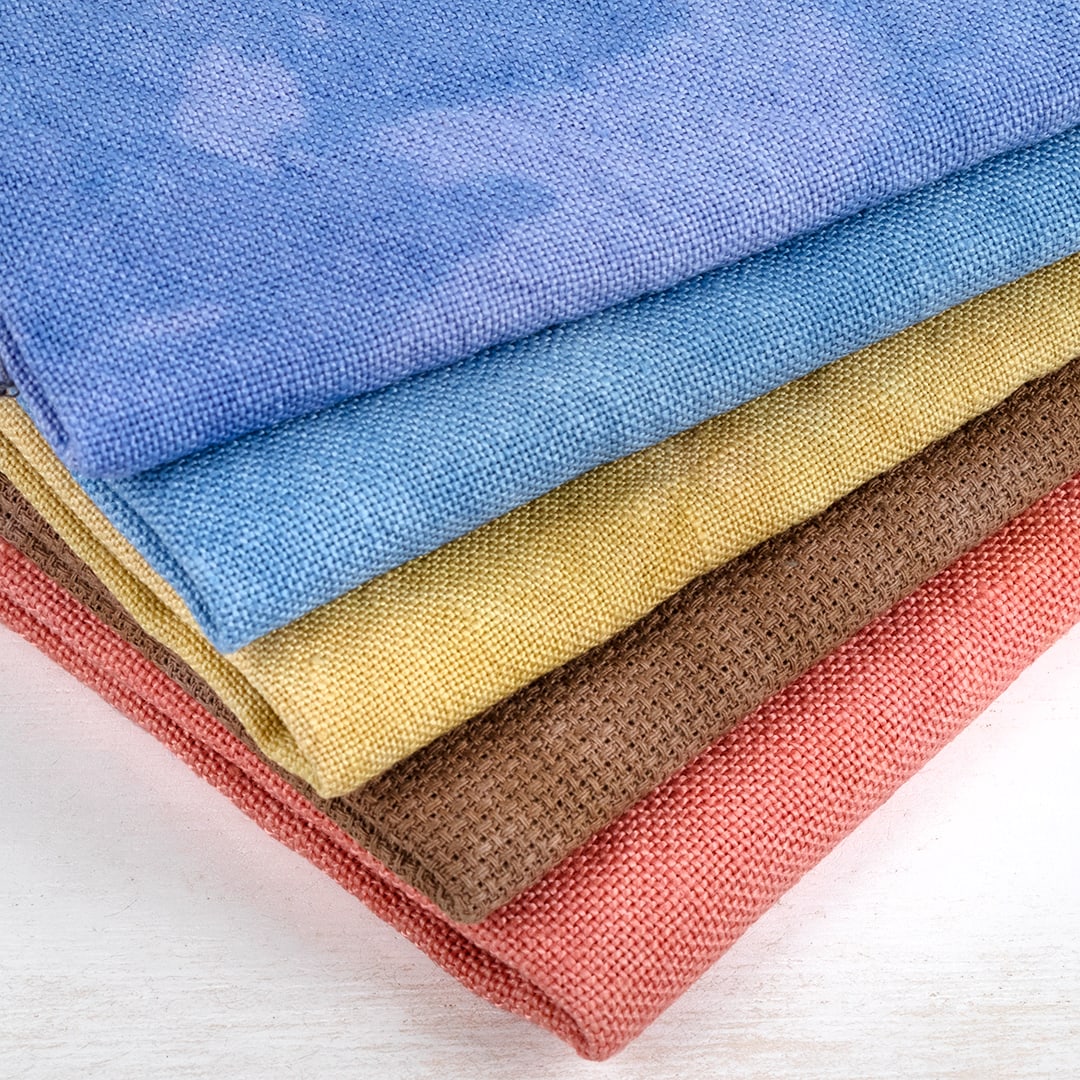
We’ll share everything you need to know about cross stitching throughout this series on the first Tuesday and third Thursday of every month until we reach the end! Check back on April 18 because we’ll go over cross stitch cloth next.
Drop a comment below and let us know… what are your cross stitch cloth questions? What do you need us to answer later this month?
Happy stitching!






6 comments
Thank you so much for learn to crossstitch and showed pictures and explained the process of cloth and needles. I have yet to find this. Very happy and helpful. Fatquartershop always does a great job. Thank you everyone. Patricia.
Haven’t cross-stitched in a long time. So nice to have an article to review. Thank you.
hi,
I have a question regarding a recommendation as a beginner, which fabric to start with and which project is recommended
thank you
Hi Michelle!
Next week we have a guide to cloth coming and our Cross Stitch University or one of our Petite Pattern Series stitches are great for beginners.
Petite Stitches: https://blog.fatquartershop.com/free-petite-patterns-series/
Cross Stitch University: https://www.fatquartershop.com/cross-stitch/cross-stitch-university